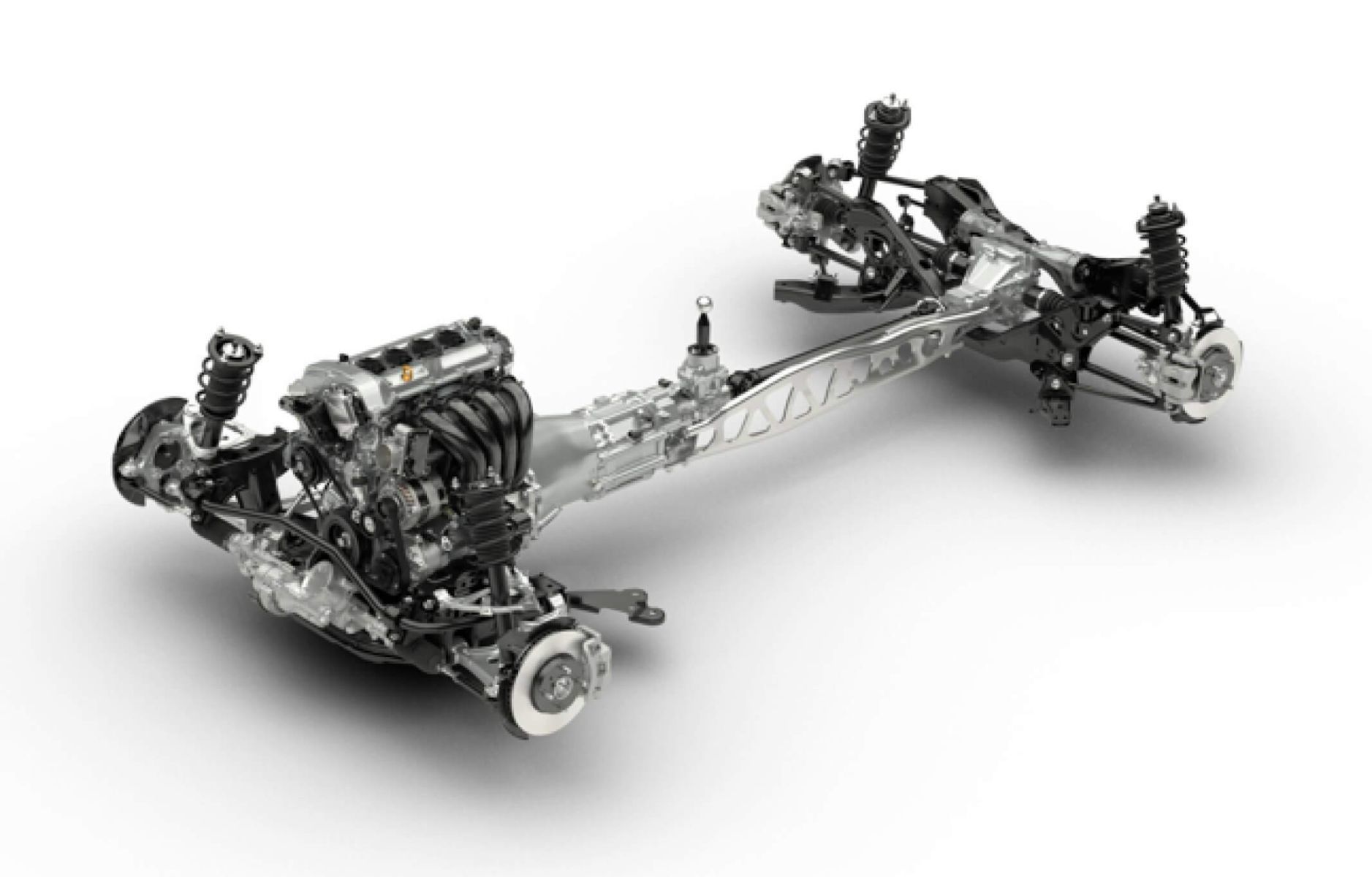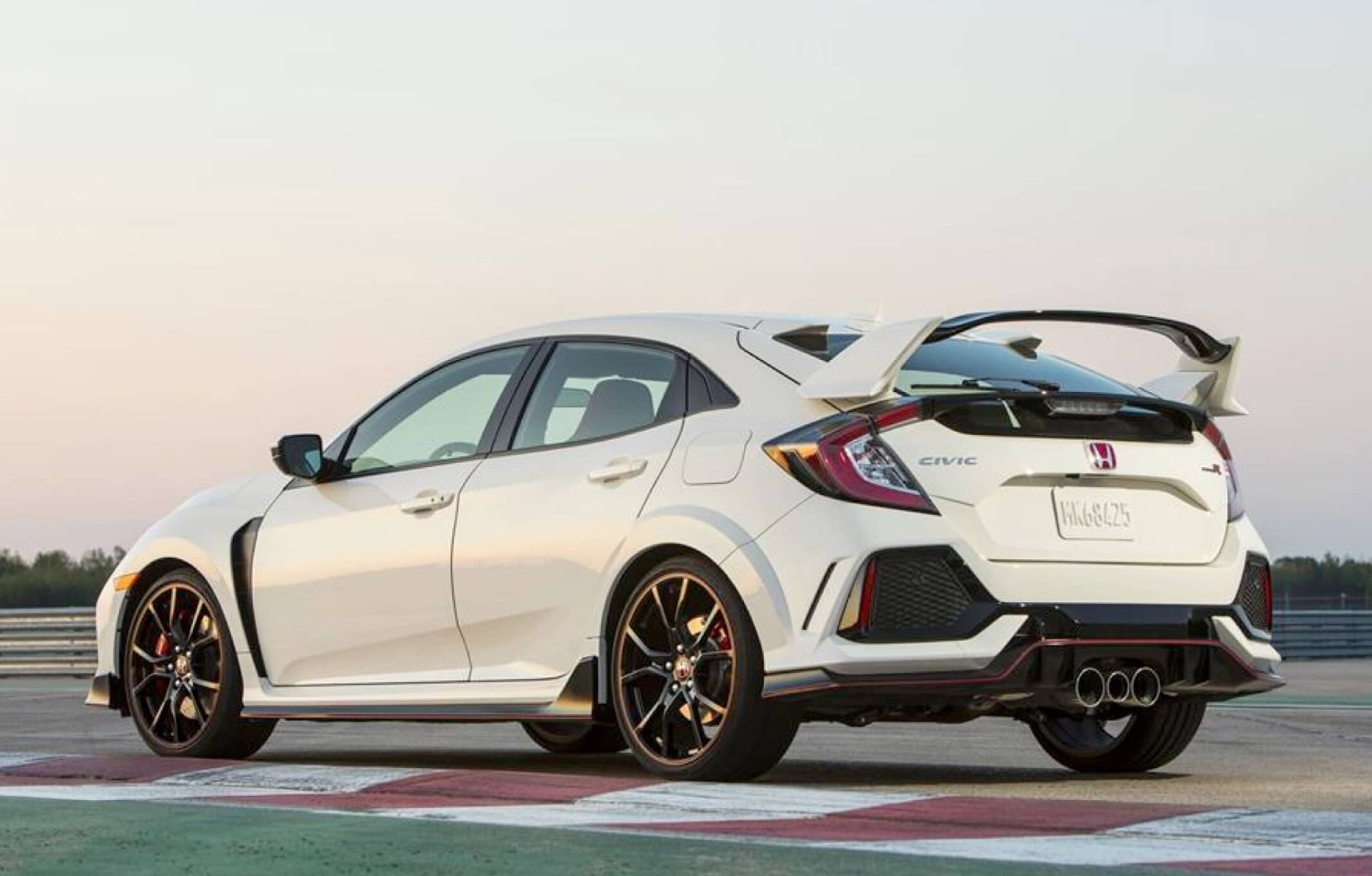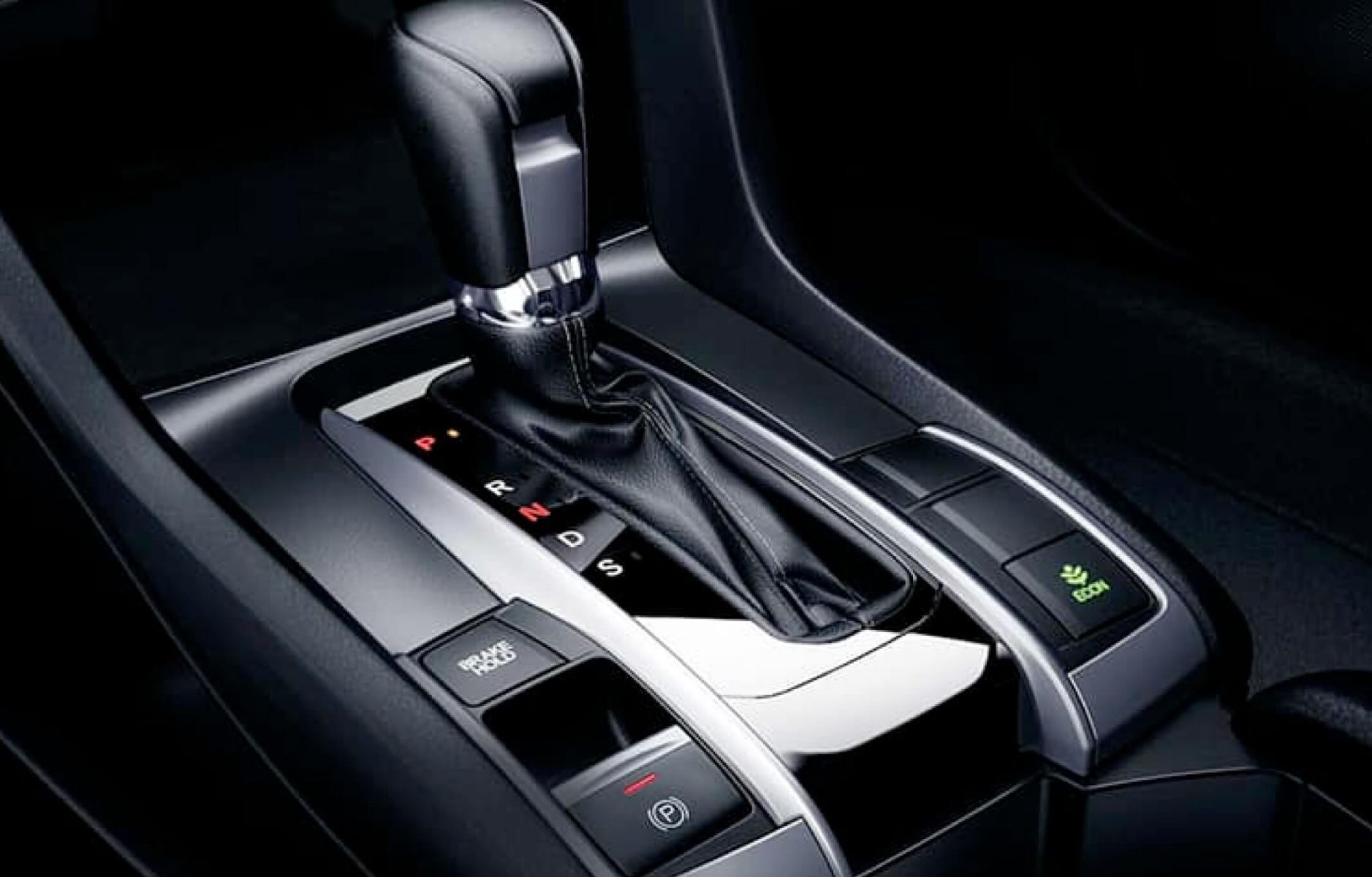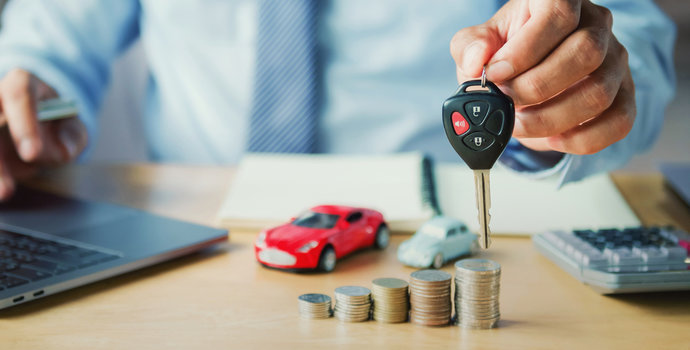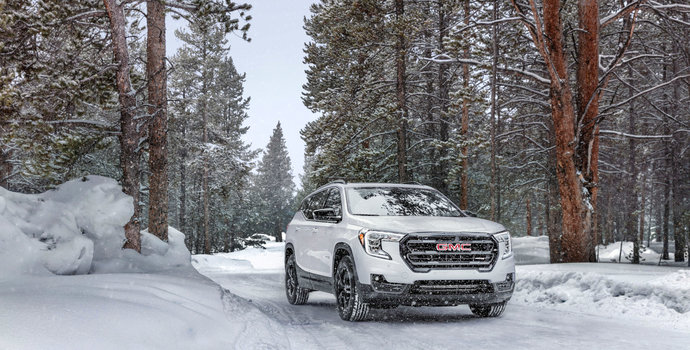Frequently Asked Questions About Second Chance Credit Financing
At AutoPark Brampton, we understand that life happens—unexpected expenses, job losses, or financial setbacks can impact your credit score. But that shouldn’t stop you from getting the vehicle you need. That’s why we offer second chance credit financing, a specialized financing solution designed to help individuals with poor credit, no credit, or past financial difficulties secure an auto loan....



